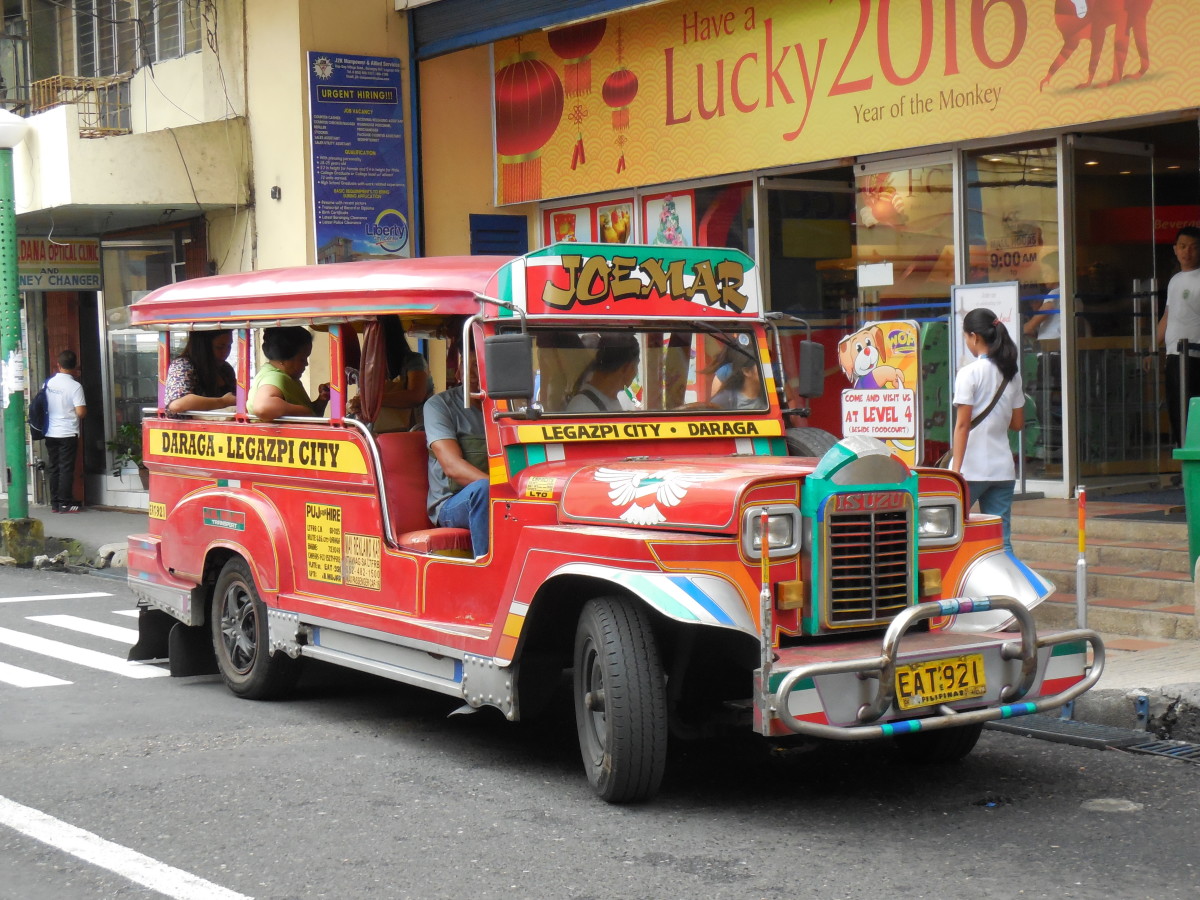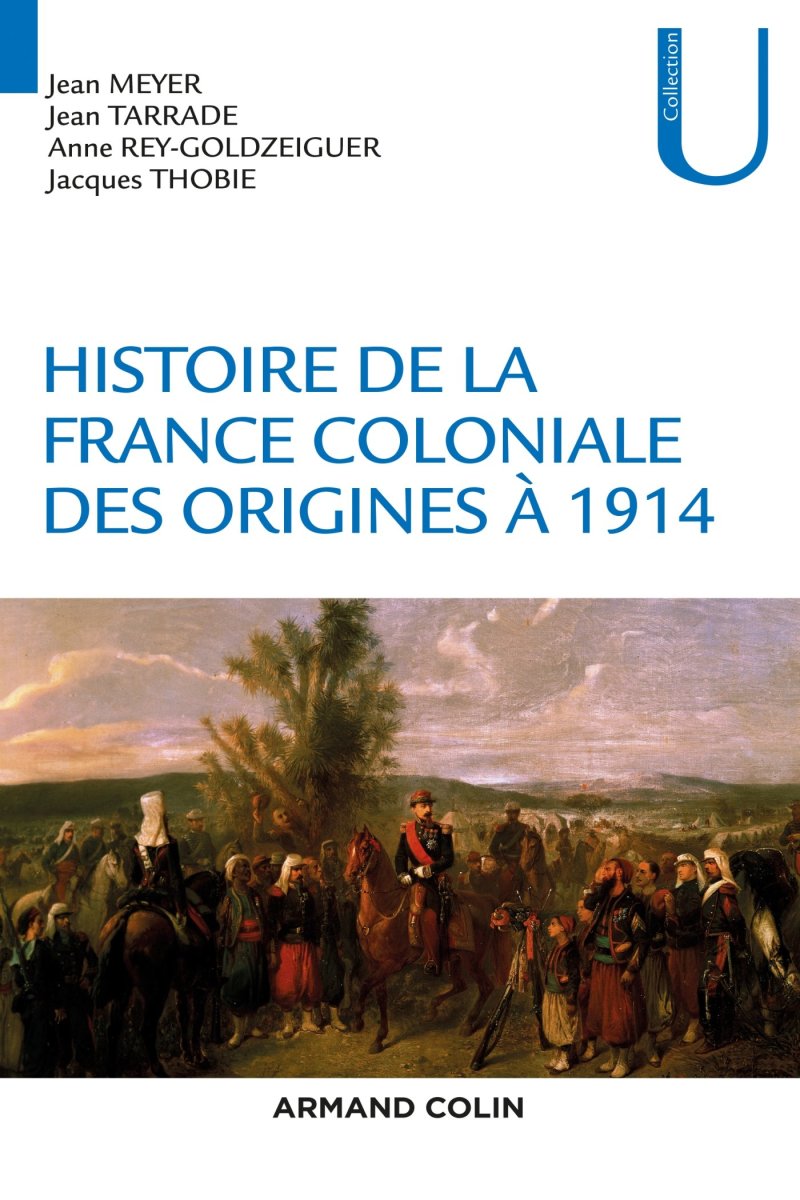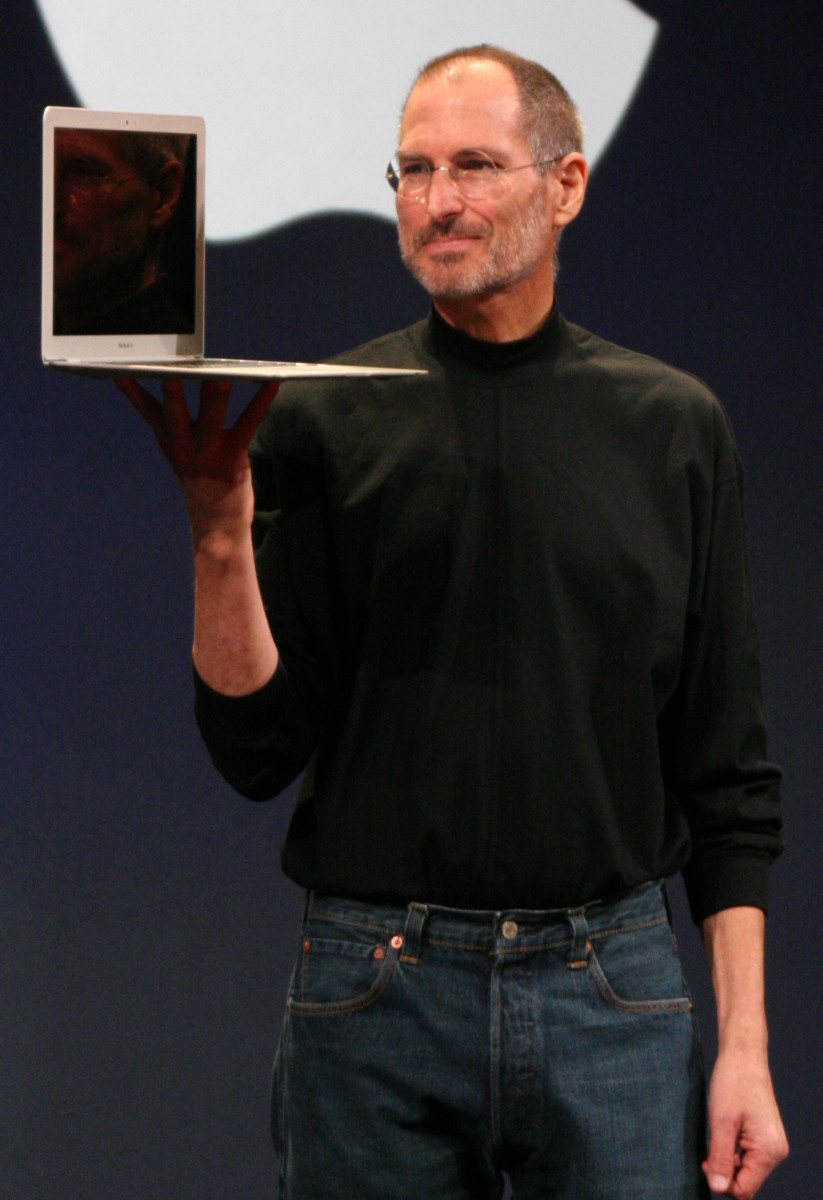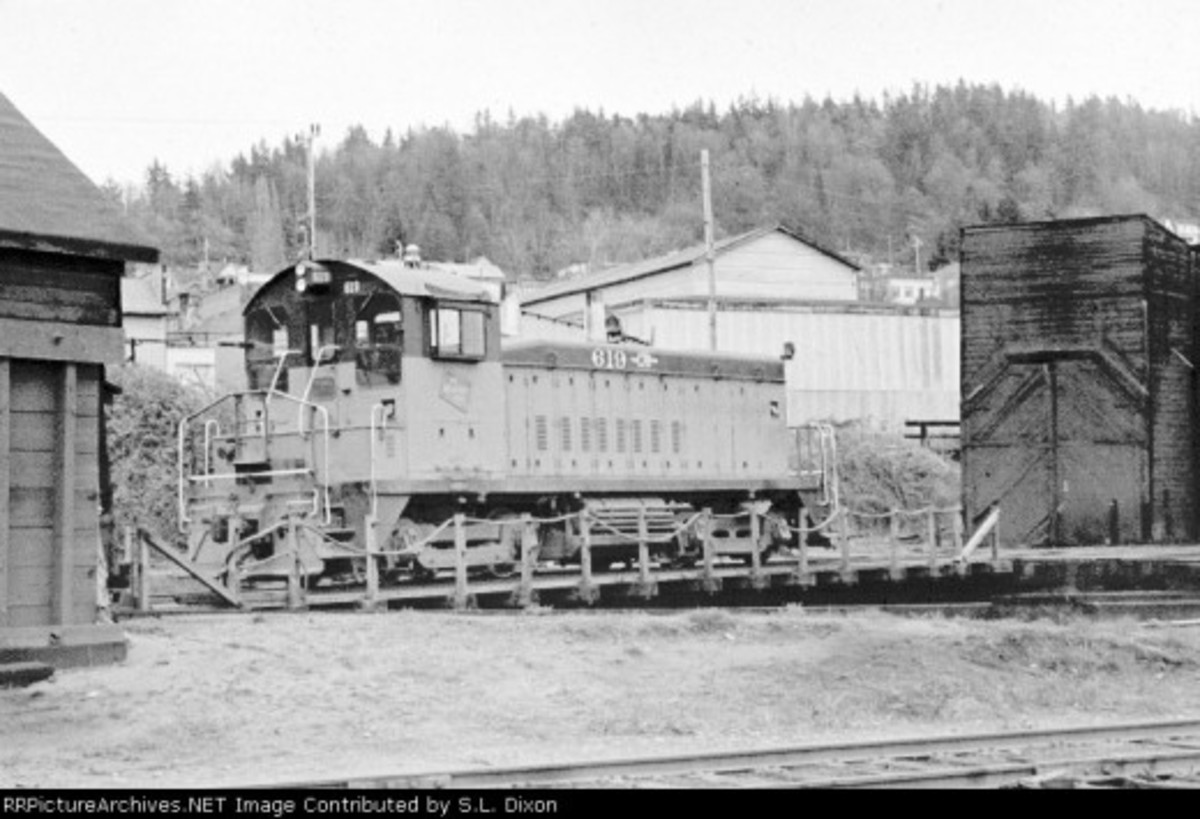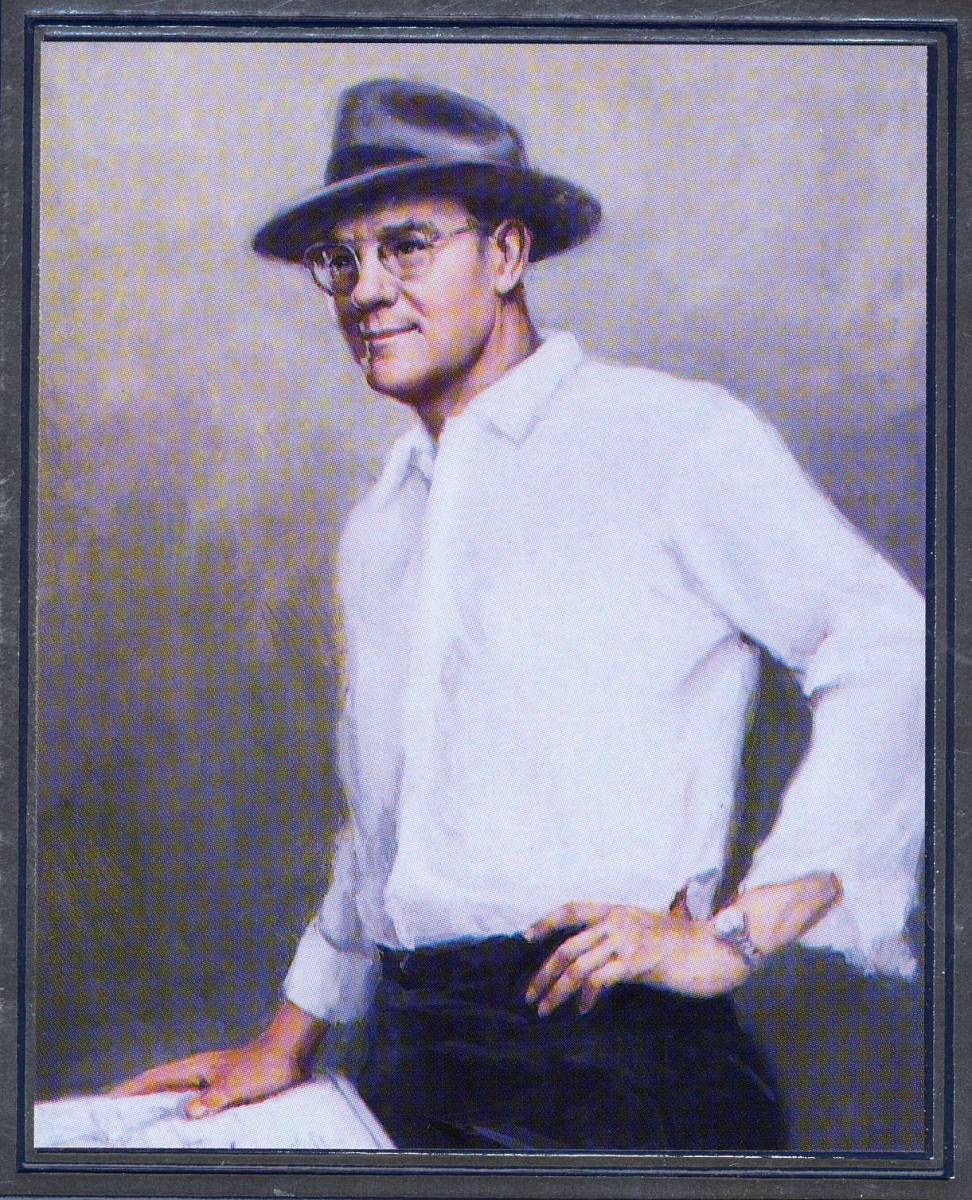Algeria Looks to the Past While Building Its Future
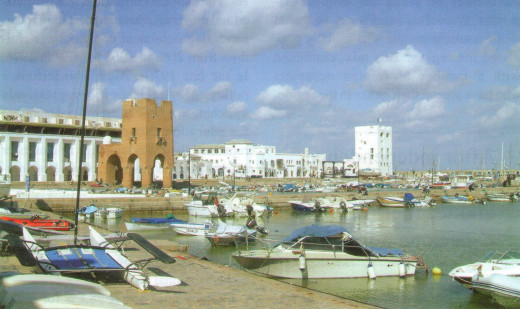
Al-Jazair, as Algeria is known in Arabic, has been a highly coveted land throughout its long history — a history that has left behind abundant evidence in this North African nation. The stream of newcomers started as early as 1100 BC, when Phoenician merchants set up trading posts around the Mediterranean Sea. In the second century BC, the Romans took over the region, named it Numidia and exploited its rich soil to cultivate cereals and olives. In 429, the Vandals, hailing from Northern Europe, invaded the region and established trade links through the Sahara desert. In the seventh century, the Arabs came from the Middle East to occupy most of North Africa, converting its nomadic people to Islam. The Spanish conquered several North African ports in the 16th century, including Algiers, in an endeavour to put an end to piracy, which was rife in the Mediterranean. This prompted the Berbers to call on the Ottomans for protection from the Spanish, and the region became an autonomous province of the Ottoman Empire. In 1830, France took Algiers, conquering the whole country in only a few years. The French colonised the country, exploited its natural resources, developed its infrastructure and attempted to impose their culture and religion. Algeria finally won independence in 1962 after an eight-year war that claimed around lm lives.
GEOGRAPHY & CLIMATE: Algeria is Africa's second-largest country in area after Sudan, and the 10th-largest in the world. Seven neighbours share Algeria's 6343 km of borders. From the north-east clockwise, Algeria shares borders of: 965 km with Tunisia; 982 km with Libya; 956 km with Niger; 1376 km with Mali; 463 km with Mauritania; 42 km with Western/Moroccan Sahara; and 1559 km with Morocco. While the country's total
land area covers 2,381,740 sq km, nearly 10 times the size of the UK, only 3% of it is arable, whereas 85% is desert. Most of Algeria's population lives in the Tell, the fertile region spanning the 1200-km Mediterranean coastline. This narrow plain is periodically broken by the Tell Atlas mountain range, while inland, the deserts of the Grand Erg Oriental and Occidental give way to the central Tademait Plateau. Speckled with oases, the Sahara is mostly flat, except in the south where the mountainous Hoggar Massif stands, with Mount Tahar — the highest point in the country —culminating at 3003 metres. The country's lowest point is Chott Melrhir at 40 metres below sea level. The climate changes between desert and coastal plain, with the former dry and with temperatures often rising over 40°C, while the latter enjoys a Mediterranean climate with mild wet winters and hot humid summers, and practically no rainfall in July or August.
NATURAL RESOURCES: Natural gas and oil are Algeria's most important resources. The country has the eighth-largest proven reserves of natural gas in the world, and ranks 14th in oil reserves. Analysts consider Algeria's subsoil to be under-explored, even though the country has produced oil since 1956 and gas since 1961. In 1964, the country also became the first commercial producer of liquefied natural gas (LNG). Proven reserves of oil and gas are expected to climb further in the coming years, based on recent discoveries and plans for more exploration drilling, especially by foreign companies. Most experts consider Algeria likely to hold other huge oil and gas fields such as the super-giants Hassi Messaoud, which contains an estimated 6.4bn barrels of oil, just under 60% of the
country's total proven reserves of petroleum, and Hassi Rmel, which holds about 53% of the country's proven reserves of natural gas. Algeria also holds sizeable reserves of iron ore, coal, phosphates, uranium, lead, zinc, mercury and gold.
POPULATION: Algeria's population passed 30m in 2000. According to the latest estimates, it was 32.6m in January 2005 and should reach 33.2m by 2006. The population is very young, with 30% under 15 years of age, 62% under 30, and just 5% over 65. Average density, at 13 inhabitants per sq km, is minimal, but 60% of the population lives in urban areas. The capital city, Algiers, is the biggest city with a population of 3.7m inhabitants, and the next six biggest cities in size order are Oran, Constantine, Annaba, Batna, Setif and Blida, all located in the northern part of the country. The south has a handful of sizeable towns, including Ghardaia, Bechar, Illizi and Tamanrasset. The Tuareg population in these regions is estimated at around 100,000.
Population growth, currently at 1.63%, has increased from 1.48% in 2000. The increased birth rate is primarily due to a renewed sense of security following the sharp decline in terrorist attacks. A significant decrease in infant mortality, from 3.7% in 2000 to 3.04% in 2004, has also contributed to growth. Algeria's population is expected to reach 45.4m in 2030. The fertility rate is expected to decline from the current 2.19 children per woman to 1.8 by 2030.
RELIGION & CULTURE: About 70% of Algerians are Arab and 30% Berber. The former tend to perceive themselves as heirs to the first Arabs who invaded the country in the seventh century, while the latter pride themselves on being the original Algerians, since their origins can be traced to the nomadic people who initially populated the region. This mix, combined with a number of foreign occupiers who have spread their genes in the region, has given birth to a diverse range of features and skin tones.
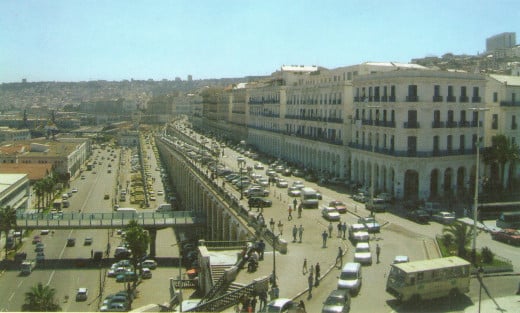
In spite of these ethnic differences, 99% of the population is Sunni Muslim. Islam is a very important part of Algerian life, exercising influence over many social mores such as family law and organisation, social etiquette, food and dress, as well as general law and commerce. Observance of these rules, however, is for the most part left to individual choice. Many women decide not to wear the traditional hijab (veil), especially in urban areas, and the sale of alcohol is permitted. Many atholics and a number of Protestants lived in Algeria under French colonial rule, but most of them left following independence . Of those Christians who stayed, or who arrived in the 1970s and 1980s, most left again in the 1990s, when Algeria was torn apart by a near-civil war between security forces and Islamic militants as the latter eliberately targeted non-Muslims.
LANGUAGE: Algeria's official language is Arabic, but French is also widely spoken. Kabilyan — the most common Berber dialect — is spoken widely throughout the Kabylia region east of Algiers. Colloquial Algerian can prove difficult to understand for non-Algerian Arabs. Additionally, it uses different expressions and accents from one region to the next. People over 50 years of age who went to French-language schools under colonial rule or shortly thereafter tend to speak French much better than the younger generations educated under the auspices of Arabisation. Nevertheless, it is not rare to encounter young Algerians who speak better French than classical Arabic, particularly among members of the elite, who tend to be educated in French schools and universities. English is little understood and hardly spoken.
EDUCATION: After independence, Algeria embarked upon a programme aimed at promoting the emergence of Algerian teachers. The national curriculum was readjusted and universal education became a focus, increasing enrolment of school-age children from 20% in 1962 to 70% in 1976. In the late 1970s, Algeria undertook a policy of Arabisation, progressively switching to Arabic as the official language for education. Nonetheless, French has remained the main language in a number of areas, such as business, commerce, journalism and medicine. This creates a gap in the educational process and a disadvantage for students with a low level of French, thus contradicting the principle of equality stated as one of the country's key educational goals.
Literacy rates are at 78.8% for males and 61% for women, a gap that is steadily shrinking as development policy increasingly focuses on female education. The combined literacy rate is 70% and should remain on the increase, with primary education rates topping 90% for both males and females. While most of the education system is in public hands, a number of private schools have emerged, including a few private business schools.
FLAG & NATIONAL ANTHEM: The Algerian flag is composed of two equal vertical bands, green on the hoist side and white on the other, with a red five-pointed star within a red crescent centred over the two-colour boundary. The crescent, the star and the colour green are traditional symbols of Islam, the state religion, and green was adopted as the national colour. Written in Arabic in 1955 by Mufti Zakariah, Qassaman (The Pledge) is Algeria's national anthem. Its lyrics remind listeners that Algeria became an independent state through a fierce challenge to French colonial rule.
© 2020 Farhi Lotfi




